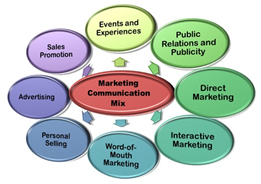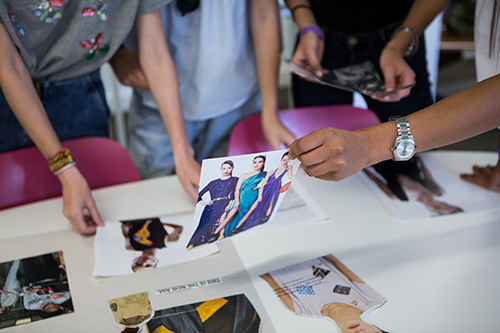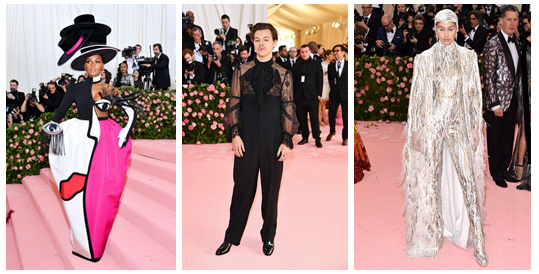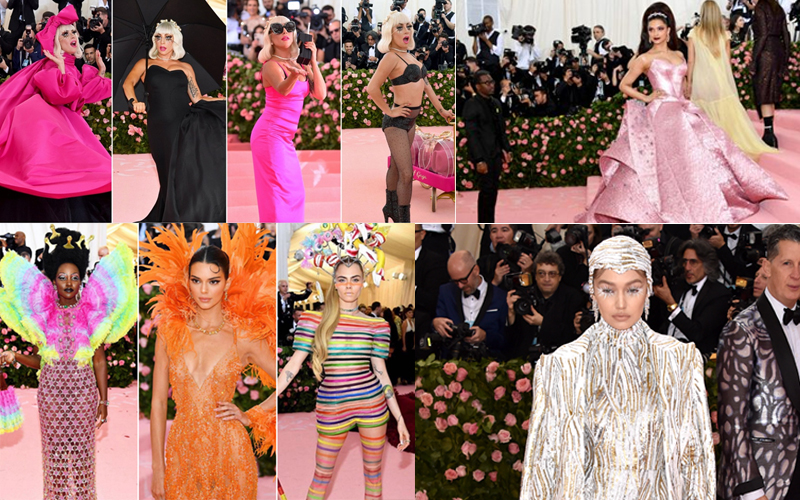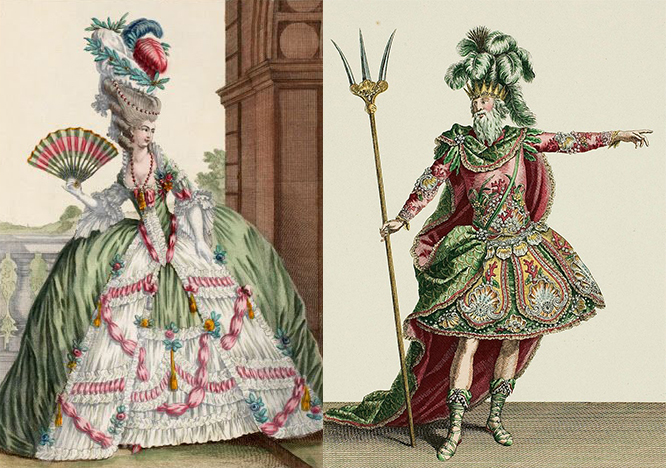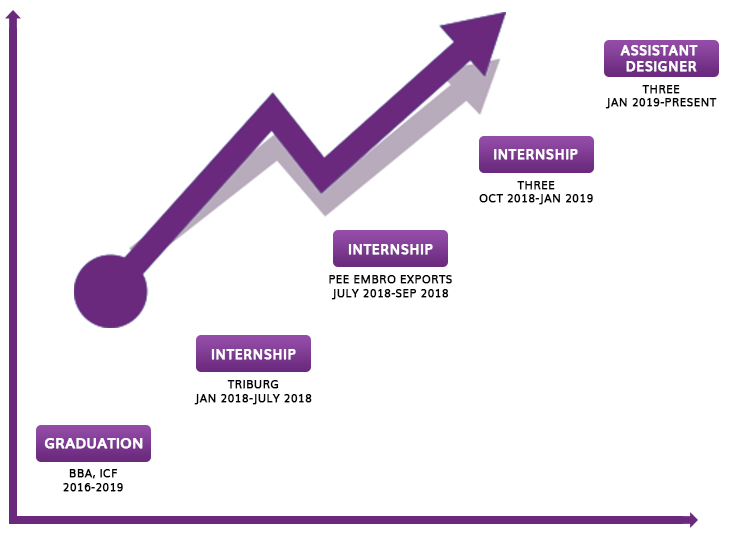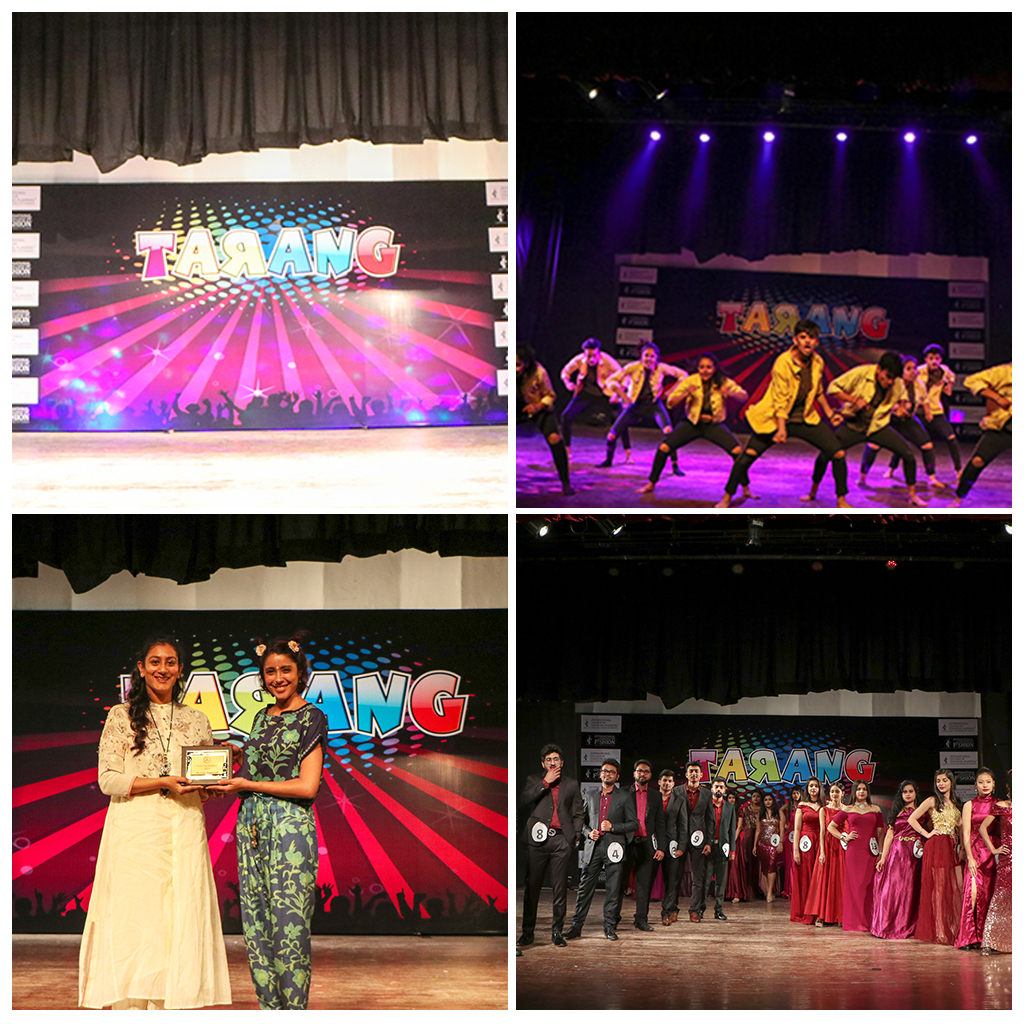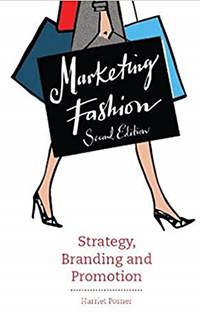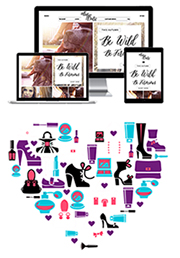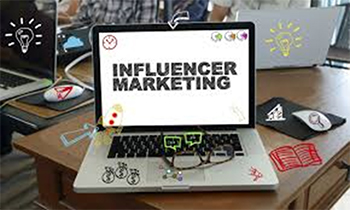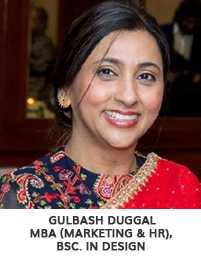
Beginning a business is simple, yet making it a triumph is troublesome. Actually, 90% of new businesses come up short. In the event that you need to be staying in the remaining 10%, you should realize how to grow a business. There are a lot of development methodologies you can receive to develop your organization and extend your business.  My point here isn’t to furnish you with a mammoth rundown of procedures, yet rather list six of the most significant, simple to-actualize activity focuses, which can enable you to develop your fashion business effectively.
My point here isn’t to furnish you with a mammoth rundown of procedures, yet rather list six of the most significant, simple to-actualize activity focuses, which can enable you to develop your fashion business effectively.
So here’s what you need to focus on…..
1. Know your intended interest group
2. Make them an offer they can’t overlook
3. Keep tabs on your rivals
4. Turn your site into a lead-producing machine
5. Use web presence to achieve your prospects
6. Be mindful of your asset reports and money-flow
How about we take a gander at how each one of these six stages can prepare your fashion business to develop.
1. Know Your Intended Interest Group

The initial phase in figuring out how to grow a business is to have a reasonable thought regarding who your objective client is. When you are clear about who is well on the way to purchase your piece of work, you have to comprehend what their necessities and torment focuses are. This will enable you to customize the general client experience to make rehash business. You can communicate with your crowd to leave a positive effect on them and assemble a solid security. Continuously give a listening ear to their surveys and convey sound proposals. Without a doubt, knowing your intended interest group well is unquestionably a venturing stone to the voyage of developing your organization effectively. It will enable you to settle on further business choices effectively.
2. Make Them An Offer They Can’t Overlook

When you realize your objective clients’ prerequisites and woes, ensure your merchandise or service has everything to unravel those torment focuses or meet the necessities. At that point make a captivating pitch. Make your offer so convincing that your group of spectators can’t overlook. Along these lines, you can leave a positive and solid effect on your target audience. They won’t just pick you but also recommend your organization to other people.
3. Watch Your Competitors

When you know about how the other businesses in your field make deals, it can help you in three different ways:
- Understanding how your intended interest group uses and rates your rivals
- Finding out the qualities and shortcomings of your rival
- Getting a push to conceive pragmatic methodologies for your objective market ensuring that you have kept a tab on your rivals.
This May Be Done In Different Ways:
- First, make a rundown of brands that you believe are the nearest contenders of your business or who hold the possibility to move into your commercial epicenter.
- Once you’re finished with this, buy in to their organization online journals to get data about their way of life, new items, highlights, enlists or any association dispatch program.
- Follow them via various networking media to remain refreshed.
- You can go to the exchange occasions and classes that your rivals likewise go too routinely. Other than these proposals, you can decide on online apparatuses that can enable you to do the contender investigation. Discover why your rivals have turned into the main names in the business you are working. At exactly that point will you have the option to adjust your way to deal with remain in front of the challenge.
4. Transform Your Site Into A Lead-Producing Machine

A legitimate vital methodology is expected to enhance your site to create leads for you.
Here are a couple of thoughts to grow a fashion business effectively utilizing this methodology:
- Incorporate your business’ contact number on each page of your site.
- Include input and reviews alongside photographs of your customers and clients.
- Clarify your offering in a video and add this to your site.
- Ensure your video enthralls, draws in and instructs your guests.
- Introduce a live one-to-one chat choice.
- Offer something to guests through spring up advertisements.
- Utilize a straightforward text style in the site content, include pictures, and remember to keep void area between substance to keep up a pleasant and rich plan.
Furthermore, one thing you should recall, whatever approach you take for making your site a lead-producing machine, you have to test the progressions occasionally. Look at Google Analytics, for instance, to discover which of your methodologies works best for your business, with continuous understanding, authentic information and transformation pipes.
5. Utilize Internet Based Life To Achieve Your Prospects

In online networking, by sharing substance that increases the value of your client group and connecting with them, you can manufacture your image effectively. Be that as it may, shouldn’t be something said about achieving new clients? Is internet based business valuable in achieving new clients?
Obviously, it is. Simply begin the procedure via scanning for watchwords and hashtags that are pertinent to your business. When you type an important hashtag in social stages, you will locate various individuals discussing a similar point. You can take part in such discussions, share your mastery and get took note. Thusly, you can discover influencers who are discussing the points relevant to your business. Influencers frequently have an enormous gathering of supporters. So captivating with such influencers via web-based networking media can give you incredible presentation and help you achieve more prospects.
Some of the most effective methods to grow a fashion business on social media are to have a challenge, share gainful matter, post engrossing recordings and utilize a suggestion to take action to drive consideration of your intended interest group in online networking.
6. Know About Your Asset Reports And Money Flow
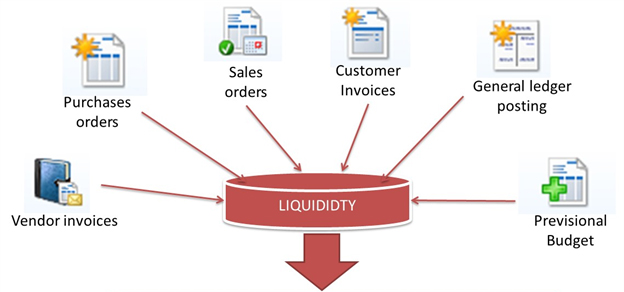
Your accounting report comprises of point by point data about the salary and income of your business. It gives you a brisk perspective on your organization’s advantages, liabilities and value. More or less, an asset report causes you comprehend the budgetary soundness of your business. Furthermore, when you know about your organization’s money related wellbeing, you can settle on intelligent choices for further speculations that will in the end make your business suitable and feasible.
Your business resembles your child. So you deserve to become wildly successful. On the off chance that you realize your group of spectators better, offer overwhelming products and services, keep a tab of your rivals, utilize web based life and your site to achieve prospects, and realize your monetary record well; achievement will pursue.
Prof. Gulbash Duggal
Associate Dean, ICF














